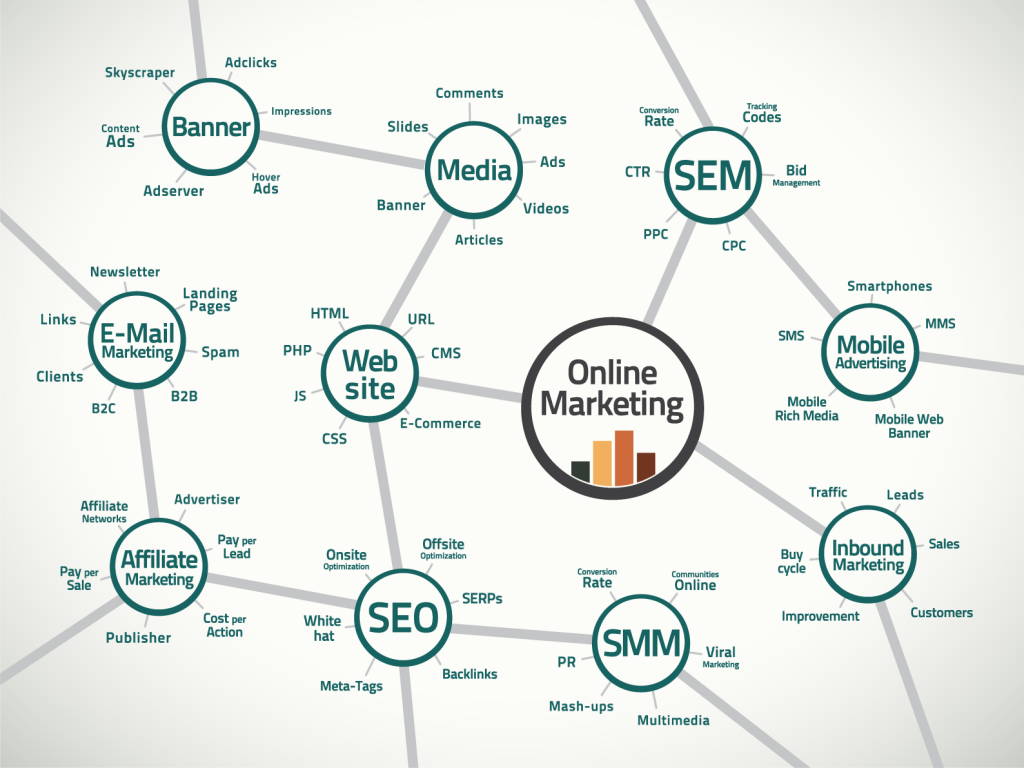
The journey from awareness to engagement is a complex one, but understanding the stages of the marketing funnel can help your ministry effectively guide your audience through this process. Here’s a look at the three crucial stages of the marketing funnel—awareness, consideration, and decision—along with communication channels and metrics to measure effectiveness at each stage.
1. Awareness: Making a Memorable First Impression
Communication Channel: Social Media
In the awareness stage, your goal is to capture the attention of your persona and make them aware of your message or ministry. Social media platforms like Facebook, Instagram, and YouTube are excellent channels for this purpose as they offer wide reach and the ability to create engaging, shareable content.
Metric: Reach and Impressions
To understand how effectively you are building awareness, measure your reach and impressions. Reach refers to the number of unique users who have seen your content, while impressions track how many times your content has been displayed. A high number of impressions, paired with a broad reach, indicates strong awareness.
2. Consideration: Building Interest and Trust
Communication Channel: Content Marketing (Blogs, Videos)
Once your persona is aware of your ministry, the next step is to build their interest and trust. Content marketing through blogs, videos, and other mediums provides an opportunity to showcase your expertise, share valuable information, and answer potential questions. You can promote this content through the same awareness channels we reviewed above, but the goal here is to move your persona from social media to an “owned” channel like your website.
Metric: Engagement and Time Spent
At this stage, track engagement metrics such as likes, shares, comments, and time spent on your content. High engagement and longer time spent consuming your content are indicators that your audience is interested and considering your offerings seriously.
3. Decision: Facilitating the Final Choice
Communication Channel: Email Marketing
In the decision stage, potential customers are ready to engage, and you need to give them a final nudge. Email marketing is a powerful channel for this, as it allows you to send personalized, targeted messages directly to your audience’s inboxes. Other channels to consider include SMS, or direct message campaigns on social media. Look for opportunities to have 1 to 1 conversations with your persona.
Metric: Conversion Rate
The key metric to measure at this stage is the conversion rate, which is the percentage of email recipients who completed the desired action, such as making a profession of faith or signing up for delivery of a Bible or other ministry materials. A high conversion rate indicates that your email marketing efforts are effectively driving decisions.
Closing Thoughts
Understanding the marketing funnel stages and aligning your communication channels and metrics accordingly is crucial for guiding your audience through their journey. By focusing on reach and impressions in the awareness stage, engagement and time spent in the consideration stage, and conversion rate in the decision stage, you’ll be well-equipped to measure and optimize your marketing efforts for success.
Remember, the key to navigating the marketing funnel successfully is to continuously analyze and adjust your strategies based on the data you collect, ensuring that you are effectively moving your audience from one stage to the next.
Photo by Ketut Subiyanto on Pexels
Guest Post by Media Impact International (MII)
For more content from Media Impact International, sign up to the MII Newsletter.
